Against the backdrop of industrialization and a sense of positivity about development, Symbolism began to emerge in Catholic countries of late 19th-century Europe. The Industrial Revolution brought up a conflict between modernity’s shifting values and traditional iconography, especially in Catholic areas where preconceived ideas about good and evil were questioned. Originating as a literary movement, symbolism spread to painting, with painters seeking to express ideas and feelings above a realistic depiction of the natural world, motivated by a common cynicism about the degradation of modern society. Following are 11 paintings that aptly sum up the Symbolism art movement:
1. Paul Gaugin- Where Do We Come From? What Are We? Where Are We Going?

Paul Gauguin’s “Where Do We Come From? What Are We? Where Are We Going?” explores existential issues. It was made in 1897 and depicts a tropical Tahitian environment with a wide variety of people, animals, and symbols from mythology. The quiet woman in the center signifies the life cycle. She is surrounded by a variety of figurines, each representing a distinct period of life.
2. Gustav Klimt- Judith and the Head of Holofernes
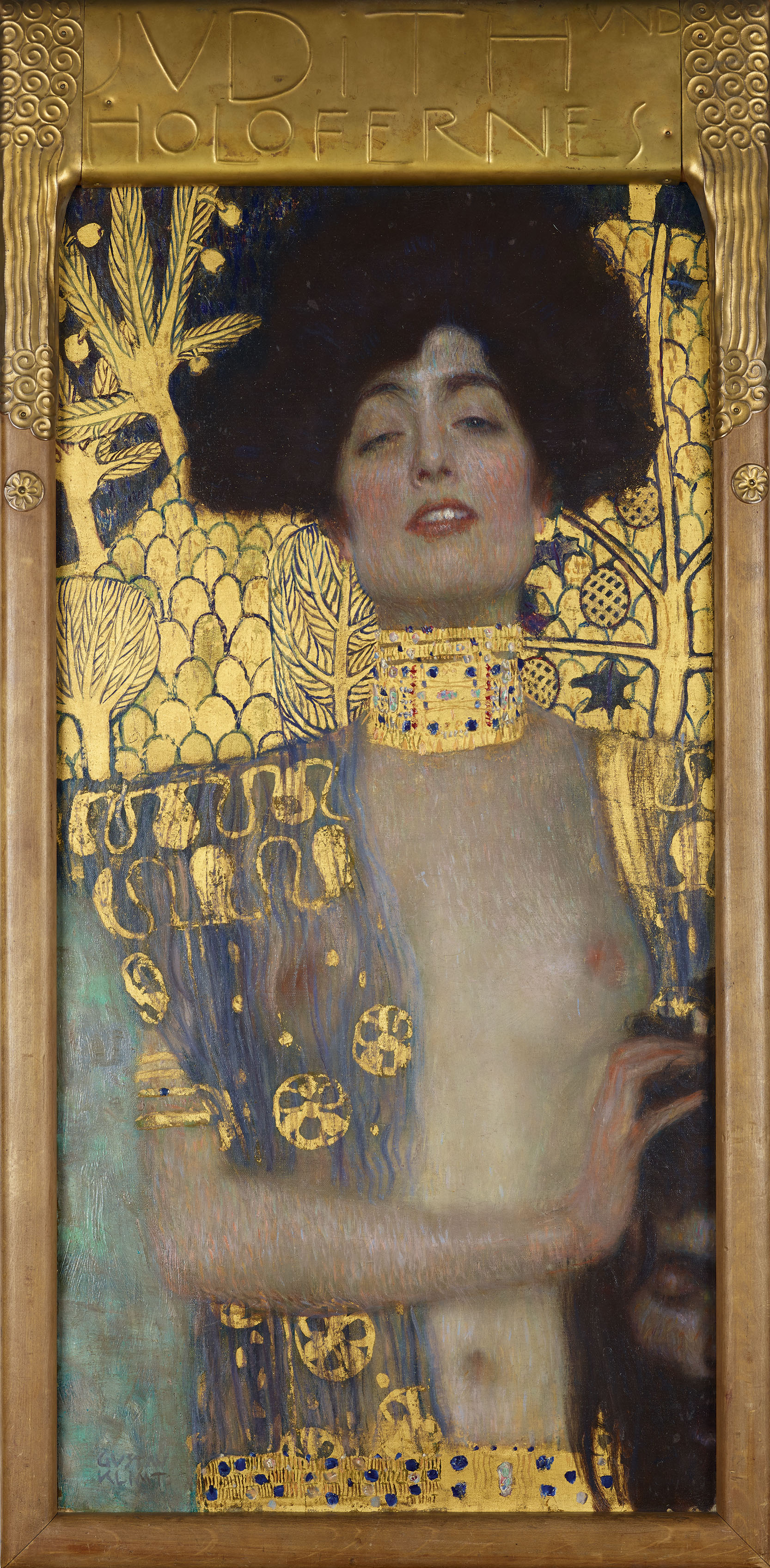
The 1901 work “Judith and the Head of Holofernes” by Gustav Klimt is a prime example of symbolist painting. The biblical tale of Judith decapitating the Assyrian general Holofernes is portrayed in this work. Klimt adeptly blends abstraction, sexuality, and symbolism to convey the story’s depth of psychological meaning. Klimt is a key character in the Symbolist movement within the larger framework of fin de siècle art because of the work, which exhibits Symbolism’s embrace of unorthodox topics, abstraction, and subconscious inquiry.
3. Gustave Moreau- Jupiter and Semele
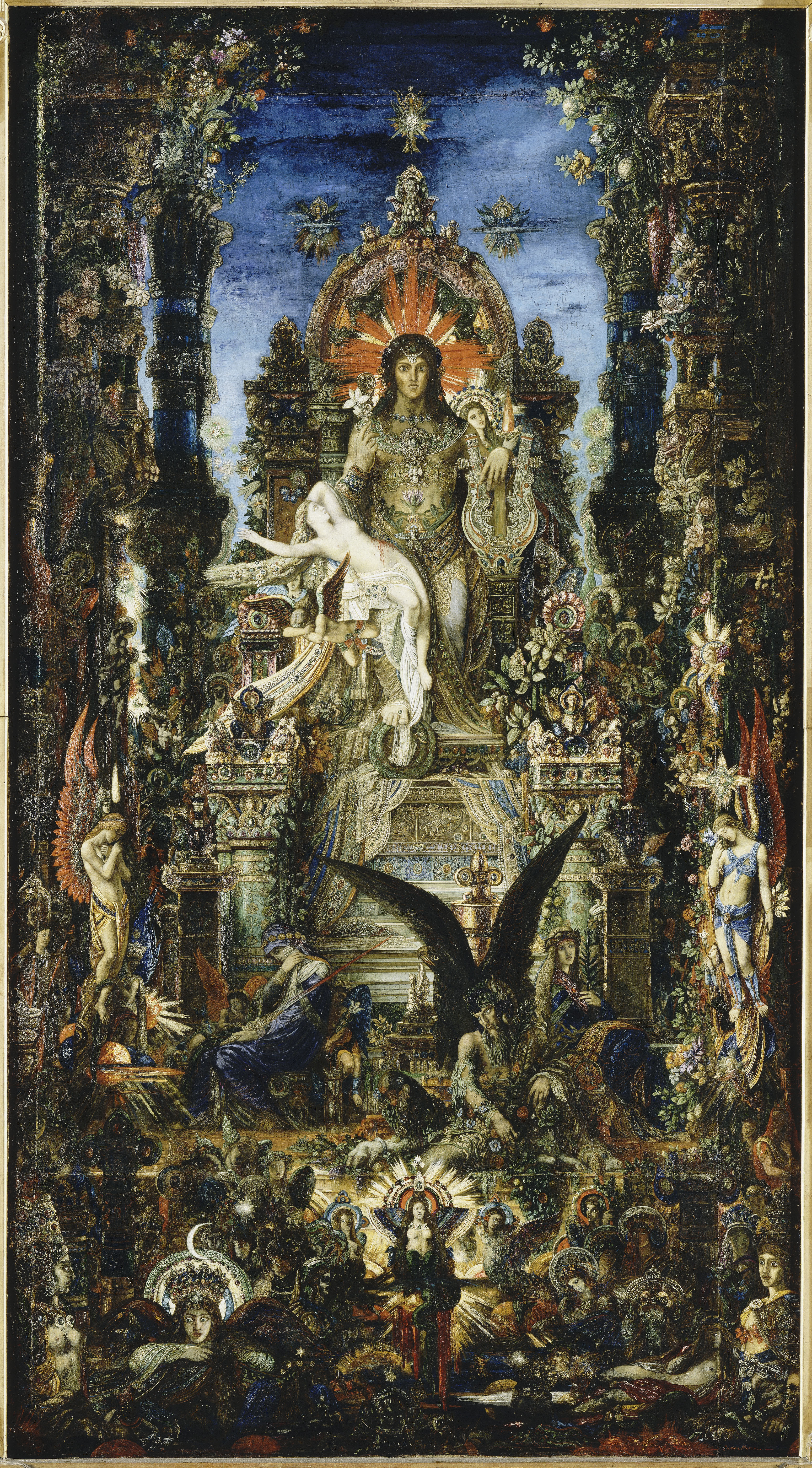
The artwork “Jupiter et Sémélé” by Gustave Moreau illustrates the tragic tale of mortal Semele and Jupiter, which ends with her demise from celestial thunder. The artwork, which stands for “divinized physical love,” depicts a magical environment with minute details, vibrant hues, and a surreal feel. Gods, goddesses, and allegorical beings are all included in Moreau’s unorthodox portrayal, which results in a melancholic and symbolic masterwork.
4. James Ensor- Death and the Masks
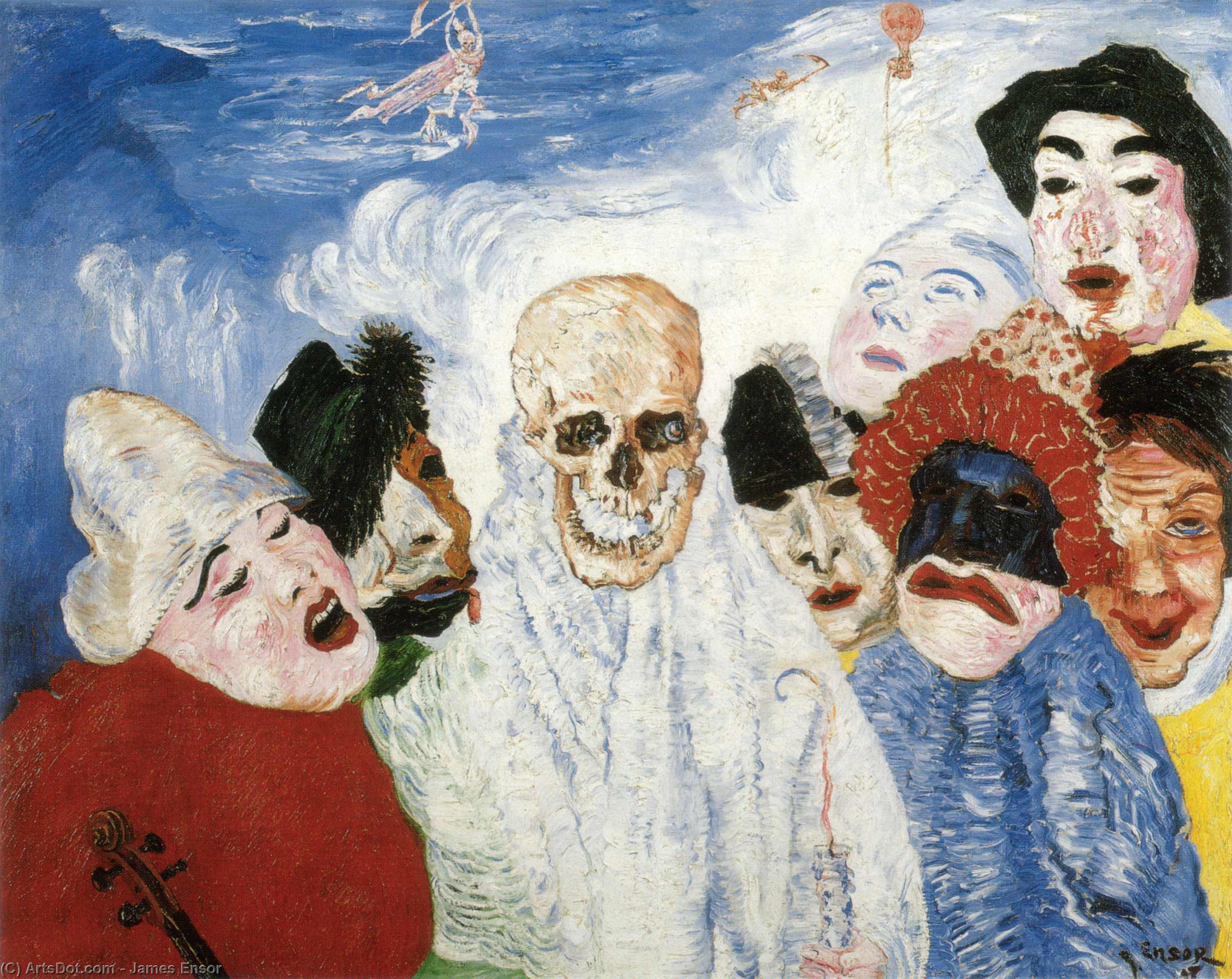
Artist James Ensor, a Symbolist, created “Death and the Masks,” which expresses his own vision and contempt for the decay of society. The 1897 painting depicts a frantic carnival scene, with bizarre masks standing in for the façade conventions. Death, a skeletal figure, interrupts the celebrations in the middle of the festivity to highlight mortality’s intrusion on life’s illusions.
5. Edvard Munch- The Dance of Life
“The Dance of Life,” painted by Edvard Munch between 1899 and 1900, is a prime example of Symbolist painting. Three stages of life are styled and intensely emotionalized on the canvas. With a pair dancing a waltz, the panel on the leftmost side depicts youth and happiness. The individual in the center panel, who appears to be immersed in reflection, stands apart and embodies the complexity of adulthood. An unsettling, skeletal figure to the right represents aging and death’s inevitable conclusion.
6. Pierre Puvis De Chavannes- Vigilance

The painting ‘Vigilance’ by Pierre Puvis de Chavannes depicts a watchful female figure, signifying a guardian angel or metaphorical portrayal. Puvis de Chavannes uses Symbolism’s muted hues and surreal compositions to evoke a sense of mystery and meditation.
7. Edouard Vuillard- Two Seamstress in the Workroom
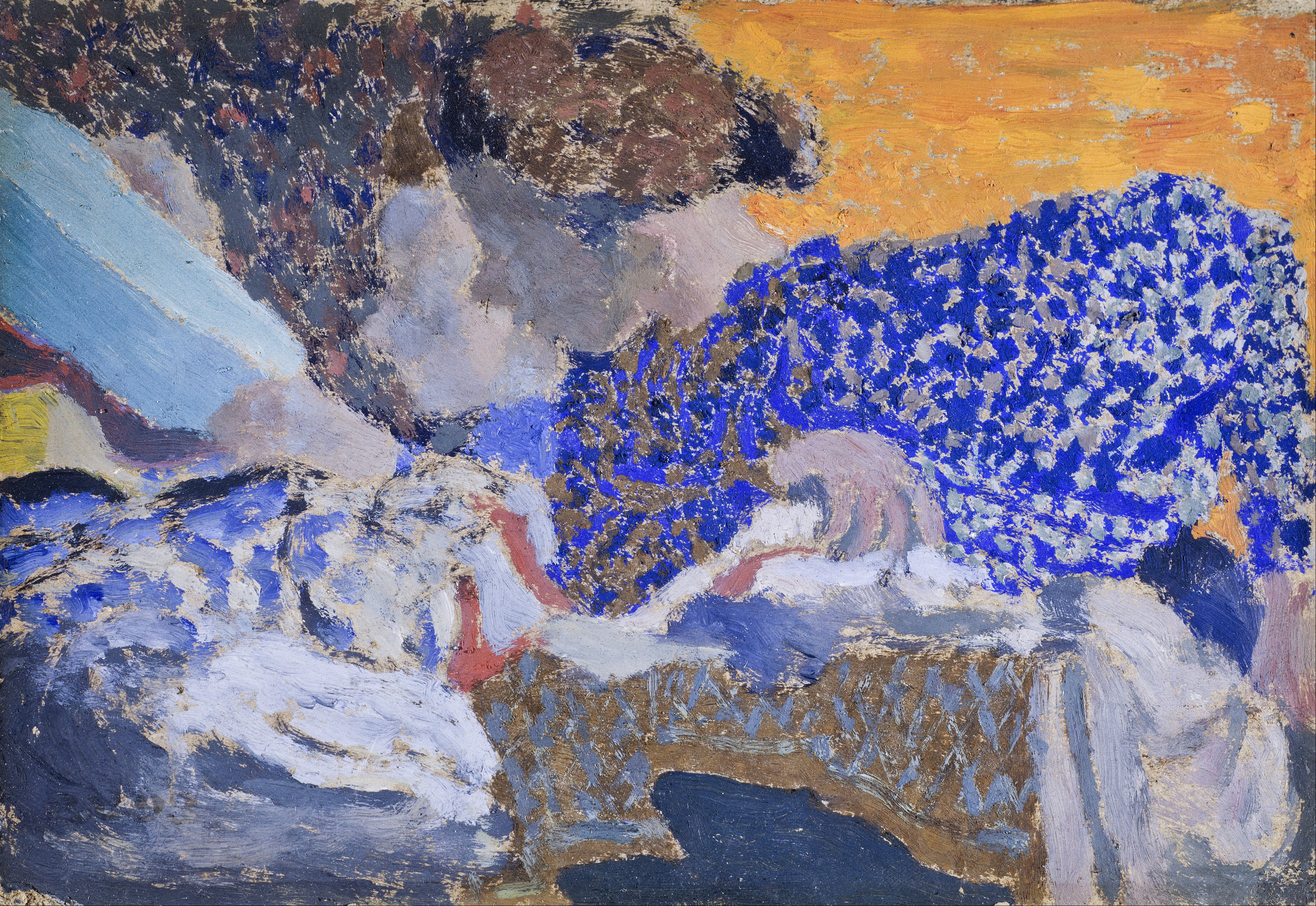
“Two Seamstresses in the Workroom” by Edouard Vuillard is a prime example of the emotional profundity and departure from realism seen in Symbolist art. A significant member of the Nabis movement, Vuillard’s artwork from the late 19th and early 20th centuries depicts a personal, intimate moment in a workroom. The two seamstresses lost in their work serve as a metaphor for the simple beauty of daily existence. Symbolism seeks to arouse feelings and concepts, and Vuillard’s focus on atmosphere and psychological insight rather than specific features fits this goal.
8. Paul Gaugin- Vision of the Sermon
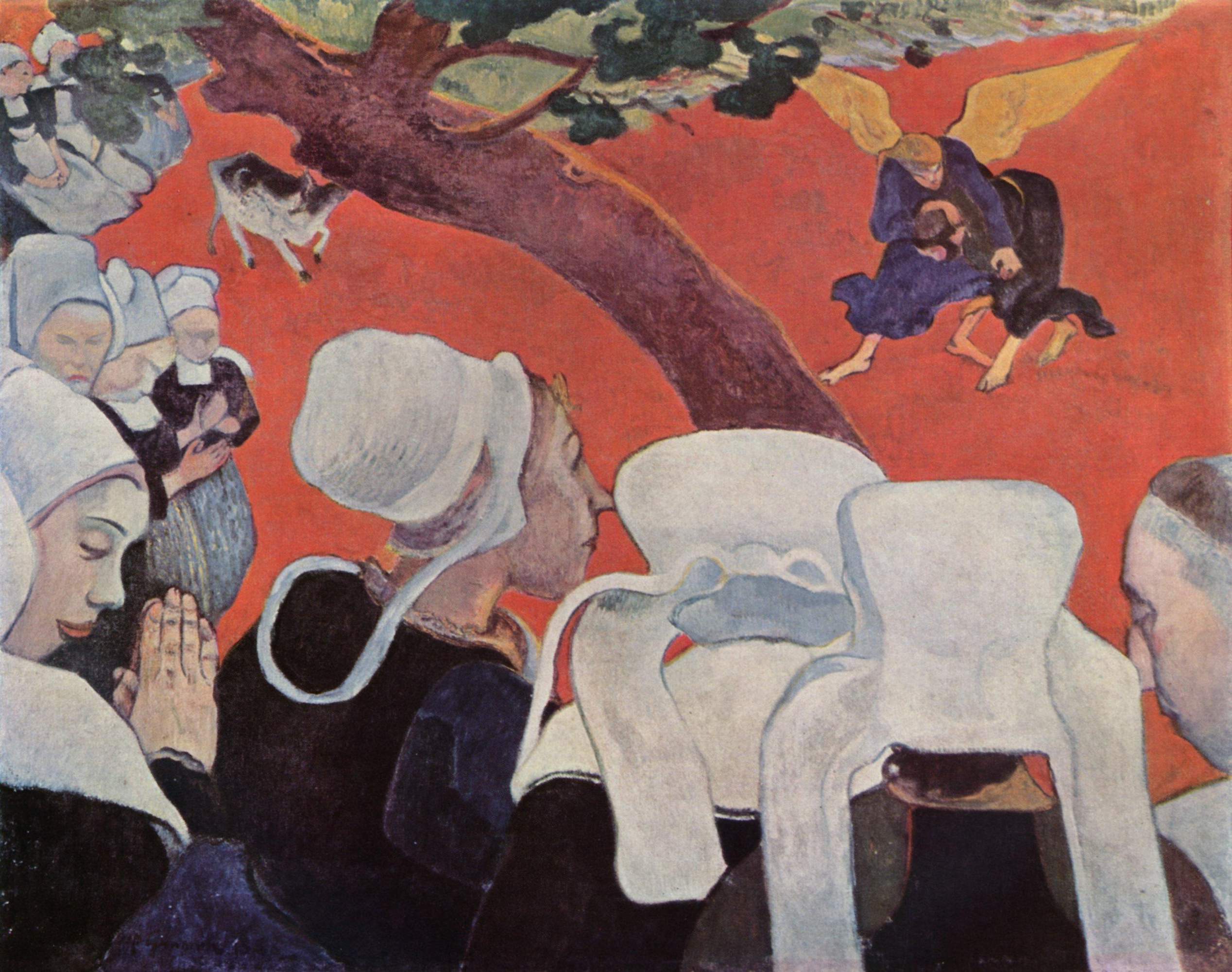
The “Vision of the Sermon” by Paul Gauguin shows Breton peasants praying. Gauguin’s inventive use of color, especially the contrast between green and red, heightens the scene’s emotional impact. Although the Breton women are depicted in traditional clothing, the background is a magical, surreal scene. Gauguin’s shift from realism and his focus on symbolism is indicative of his aim to communicate more profound spiritual and emotional truths.
9. František Kupka- The Black Idol
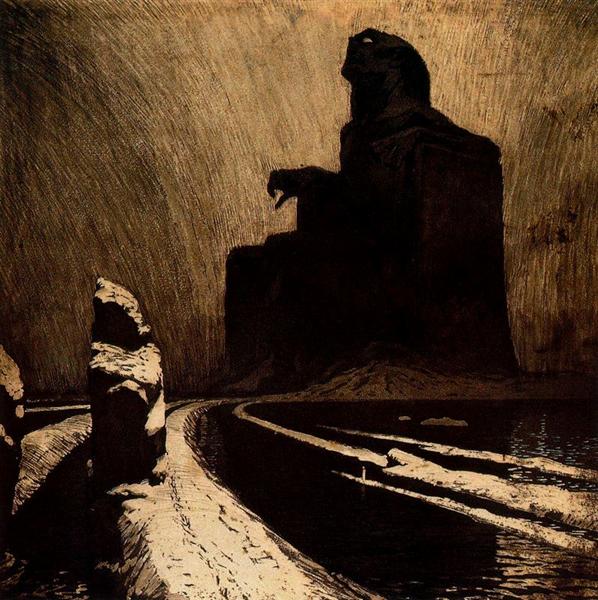
Kupka, a Czech painter, uses symbolic imagery to elicit deep feelings and thoughts. A mysterious black figure against a vibrant background in the painting suggests a cosmic or strange ritual. Kupka, a pioneer of abstract art, establishes the foundation for later trends such as Futurism and Cubism.
10. Jan Toorop- The Three Brides
The three brides, who are portrayed as being in a trance, stand for spirituality, life stages, and the eternal feminine. The minute details, from precise patterns to flowing lines, evoke a surreal mood. Toorop’s use of symbolism reflects the aspiration of the larger movement to go beyond the ordinary and explore the domains of feeling and mysticism.
11. Odilon Redon- The Temptation of Saint Anthony

The painting shows the hermit saint plagued by mythical animals and demonic visions. Dark colors, ethereal forms, and dreamy symbolism are used by Redon to depict the inner turmoil that Saint Anthony experienced throughout his spiritual journey. Redon’s departure from reality is reflected in the rich intricacies and striking, inventive artwork, which features hybrid beings. His intentional ambiguity blurs the boundaries between dreams and reality by allowing viewers to interpret the symbolic aspects.
References:
- Artland Magazine- Art Movement: Symbolism
- National Galleries- Symbolism
- The Art Story- Symbolism
- Wikipedia- Jupiter and Semele
Read Also:
A Bridge Between Flawless Design and Aesthetics: 9 Iconic Bridges in India That Will Leave You Agape





